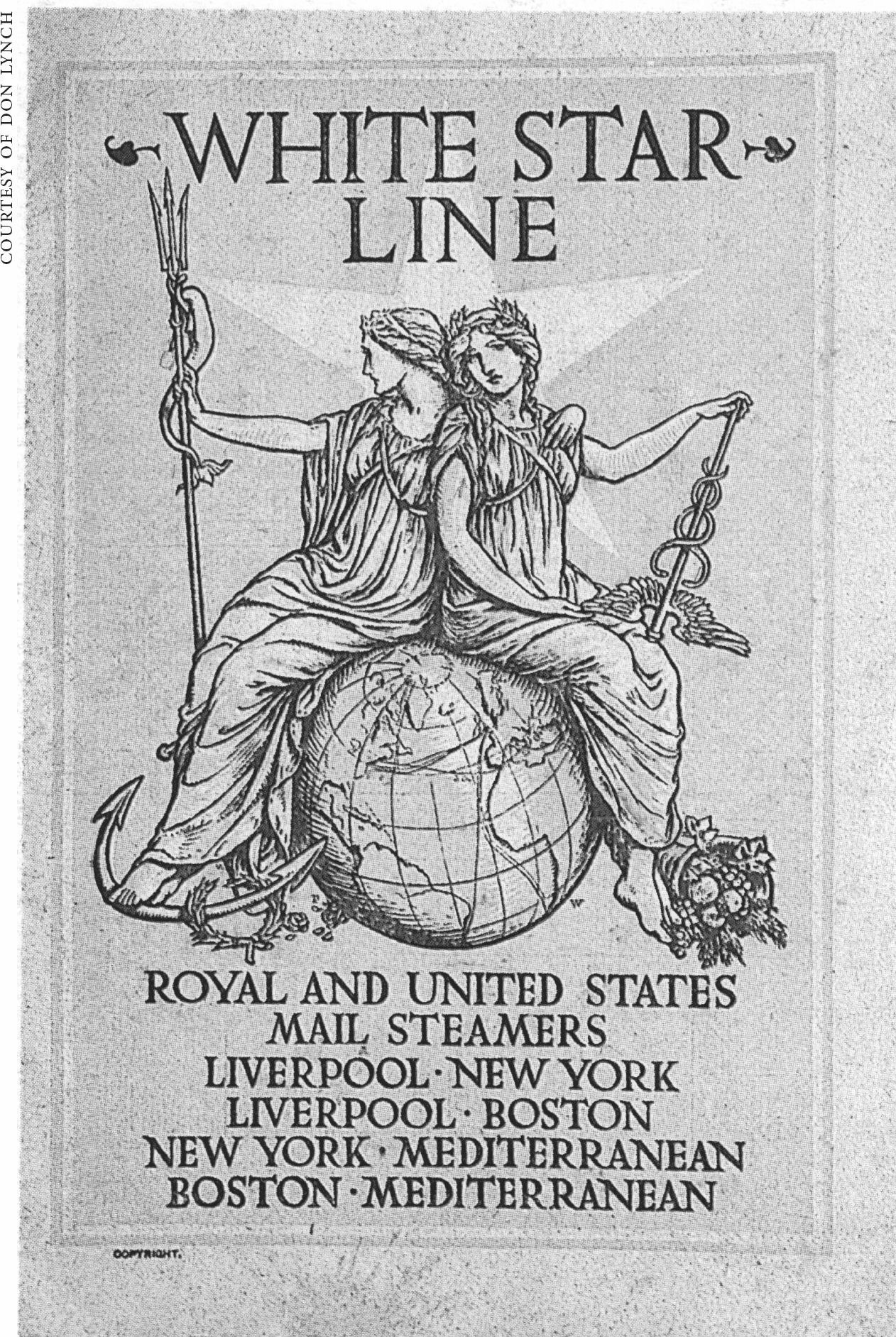Frances Wilson
HOW TO SURVIVE THE
J. Bruce Ismay was managing director and chairman of the White Star Line, the company that built the
‘Mr Ismay’s place as a man and as the responsible director of the White Star Line was on the planks of the imperilled ship. He esteemed his life higher than honour and duty, and as long as this life, which he was so anxious to save, lasts he will bear on his forehead the mark of Cain, the mark of the contempt of all men of honour’
‘Mr Ismay cares for nobody but himself. He cares only for his own body, for his own stomach, for his own pride and profit’
‘The humblest emigrant in steerage had more moral right to a seat in the lifeboat than you’
‘By the supreme artistry of Chance… it fell to the lot of that tragic and unhappy gentleman, Mr Bruce Ismay, to be aboard and to be caught by the urgent vacancy in the boat and the snare of the moment’
‘You will hunt poor Ismay from court to court, as if he were the only man that was saved’
‘I have always felt that he was the most misunderstood and misjudged character of the early part of the century’
‘The parallel with the tale of Conrad’s Lord Jim will occur to most of us’
Map


PART I
At Sea
Chapter 1
CHANCE
I took the chance when it came to me. I did not seek it.
Ah! What a chance missed! My God! What a chance missed!
On the night his ship struck the iceberg, J. Bruce Ismay dined in her first-class restaurant with Dr William O’Loughlin, surgeon of the White Star Line for the previous forty years. The two men had shared similar meals on similar crossings, Ismay in his dinner jacket, O’Loughlin in his crisp white uniform. In another part of the dining room a dinner party was taking place in honour of the Captain, E. J. Smith. It was Sunday, 14 April 1912, and the
After coffee and cigarettes, Ismay retired to his stateroom and was asleep by 11 p.m. He was aware that they were heading into an ice region because at lunchtime that day Captain Smith had handed him a Marconigram from another White Star liner, the

